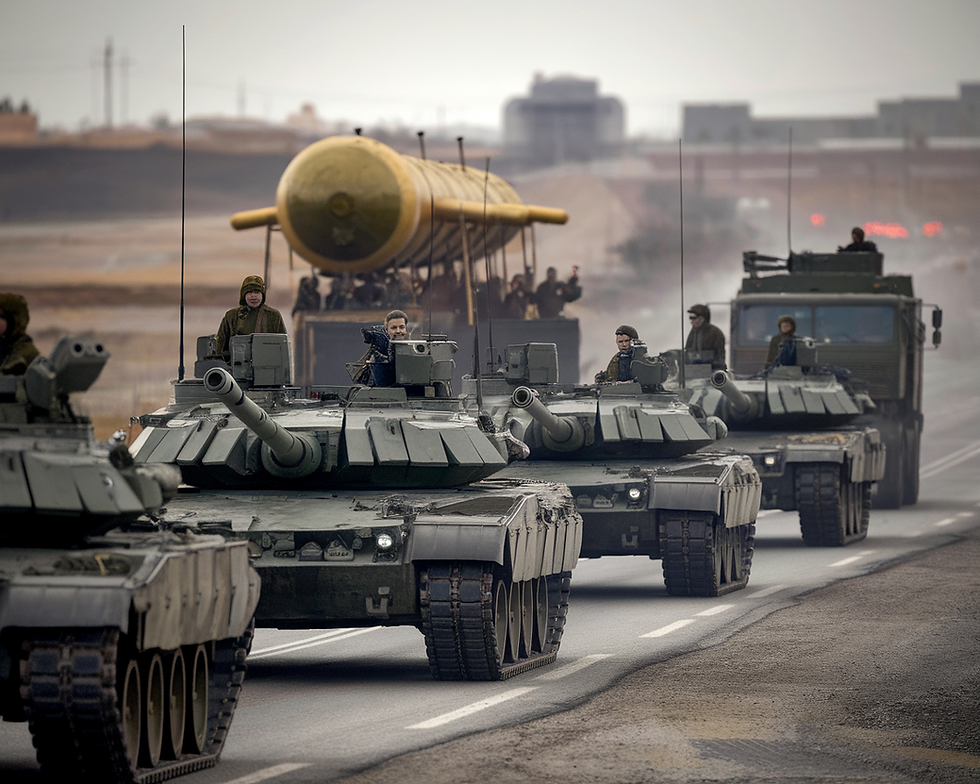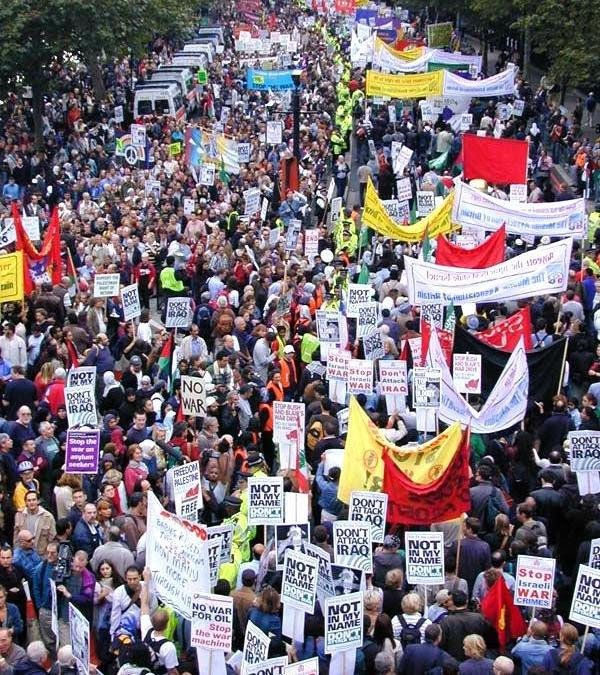How Do We Get Our Governments to Stop Waging War?
- Theo

- Apr 1
- 5 min read
In a world shaped by centuries of conflict, the idea of persuading governments to abandon war might seem idealistic or even naïve. Yet, history shows us that great transformations often begin with a single question posed earnestly enough to echo across borders and generations. Today, that question must be: How do we get our governments to stop waging war? This blog post unpacks that inquiry, exploring pathways to peace through the lenses of political reform, public awakening, and cultural evolution.
War lives close to me—woven into the fabric of my life. Both of my parents lived through one, and my siblings and I carried the wounds or karma of it in how we were raised. We didn’t come from a broken home—far from it. There was love, warmth, and care. But the shadows of suffering shaped how my parents saw the world, and those shadows inevitably touched us too.
As I stepped into adulthood, I felt called to look inward—to sit with the imprint of that pain, to understand it, and to begin the slow work of turning tragedy into wisdom. I’ve come to feel deeply grateful for what war, indirectly, brought into my life—the strength, the insight, the depth. And yet, I remain a fierce advocate against it, knowing the price it extracts from humanity and the wounds it carves across generations.
War is a teacher—but it doesn't have to be ours. Humanity does not have to keep learning the hard way.
For those who feel compelled to support war, or to convince others to support it, we must ask a deeper question: Are they willing to fight in one themselves? And more importantly—are they willing to send their own children to fight in one?

The Machinery of War: Understanding the Incentives
To dismantle a machine, we must first understand how it works. War is not simply the result of spontaneous aggression or isolated events. It is often the calculated outcome of intertwined forces: economic interests, political agendas, historical grievances, and systemic fear. Arms industries, geopolitical power plays, and resource control often provide the fuel.
War is profitable for some and politically convenient for others. Defense contractors thrive in times of conflict. Leaders under pressure at home sometimes find distraction in foreign entanglements. And fear—of "the other," of scarcity, of ideological opposition—remains a powerful tool to rally public support.
Thus, the first step in stopping war is confronting these incentives head-on.

Step One: Reclaiming the Narrative
Governments often justify war with stories—narratives of heroism, defense, liberation, or national interest. To shift public opinion, we must offer more compelling, truthful counter-narratives. Stories rooted in empathy, shared humanity, and the long-term costs of violence can be powerful tools for change.
We must amplify voices from war zones, elevate peacebuilders, and highlight the true costs of conflict: lives lost, trauma carried for generations, ecosystems destroyed, and economies shattered.
Content creators, journalists, artists, and educators have a crucial role to play. When the dominant story becomes one of peace, justice, and cooperation, public tolerance for war begins to erode.

Step Two: Demand Transparency and Accountability
One major enabler of war is secrecy. Governments often go to war without full disclosure or public consent. Classified information, covert operations, and propaganda make it difficult for citizens to understand or oppose military actions.
To challenge this, we must push for greater transparency in defense spending, foreign policy, and military operations. Whistleblowers, investigative journalists, and watchdog organizations are vital here—but so is public demand. Citizens must insist on knowing where their taxes go and what is done in their name.
Public accountability mechanisms—like civilian oversight committees, war powers acts, and open government data—can curb the rush to war and increase democratic participation in matters of peace and security.
Step Three: Prioritize Peacebuilding in Policy
Governments respond to pressure, especially when it is organized and sustained. Advocacy for peace must go beyond protests and become part of political platforms. Citizens can demand that their representatives support diplomacy, invest in conflict resolution training, and redirect military budgets toward education, healthcare, and green infrastructure.
International cooperation is key here. Global treaties, non-aggression pacts, and multilateral institutions—when honored—can provide frameworks for de-escalation and dialogue. Supporting candidates and parties that prioritize peaceful foreign policy is an essential act of civic responsibility.

Step Four: Cultivate a Culture of Empathy
Political will follows cultural will. If we want our governments to reflect peace, we must normalize empathy, cooperation, and nonviolence in our schools, media, and communities. This begins with education that prioritizes emotional intelligence, global awareness, and historical truth-telling.
Cultures that dehumanize others are prone to war. Cultures that teach interconnectedness, cultural appreciation, and the value of every life are more likely to resist the drums of conflict.
Empathy is not weakness—it is resilience. It is a preventative medicine against the psychological mechanisms that make war seem inevitable.
Step Five: Economic Alternatives to Militarism
As long as economies are tethered to militarism, war will remain a convenient option. We must advocate for a shift from defense-based economies to peace economies. This involves investment in sustainable industries, ethical trade, and job creation in non-military sectors.
Programs that transition defense workers into green energy, public health, or infrastructure development can reduce resistance to demilitarization. Economic diversification strengthens resilience and reduces dependency on conflict-driven profits.
Supporting businesses and innovations that prioritize social good over exploitation is a form of economic resistance to war.
Step Six: Global Solidarity and Grassroots Movements
Top-down change is rare without bottom-up pressure. From Gandhi's salt march to the global protests against the Iraq War, history shows that mass mobilization can challenge entrenched power structures.
Grassroots peace movements must be interlinked across nations. War is not just a national issue—it is a global crisis with shared consequences. Digital platforms, international NGOs, and diaspora communities can help build solidarity and amplify peaceful resistance.
Local peacebuilding efforts—community mediation, interfaith dialogue, youth leadership programs—are just as important. They cultivate resilience against propaganda and prepare the soil for larger systemic change.
Step Seven: Reframe Security Itself
Perhaps the most radical, yet necessary, step is to redefine what security means. Traditional security focuses on borders, weapons, and military strength. But true security lies in human well-being: access to clean water, stable climates, education, healthcare, and justice.
When people are secure in their basic needs and rights, the appeal of war diminishes. Governments must be pressured to adopt this broader, more humane concept of security.
Imagine a world where the greatest national pride comes not from military parades, but from eradicating poverty, healing the Earth, and resolving conflict without bloodshed.
Conclusion: Peace Is a Practice, Not a Dream
Getting our governments to stop waging war is not a one-time act—it is a sustained, collective practice. It requires us to be active participants in democracy, courageous challengers of harmful systems, and creative dreamers of a world transformed.
Peace is not passive. It is fierce, determined, and built brick by brick by those who believe in the possibility of something better. Let us be among them. Let us teach, organize, vote, create, and connect—until the story of war is replaced by one far more enduring: the story of our shared humanity.

Kommentare